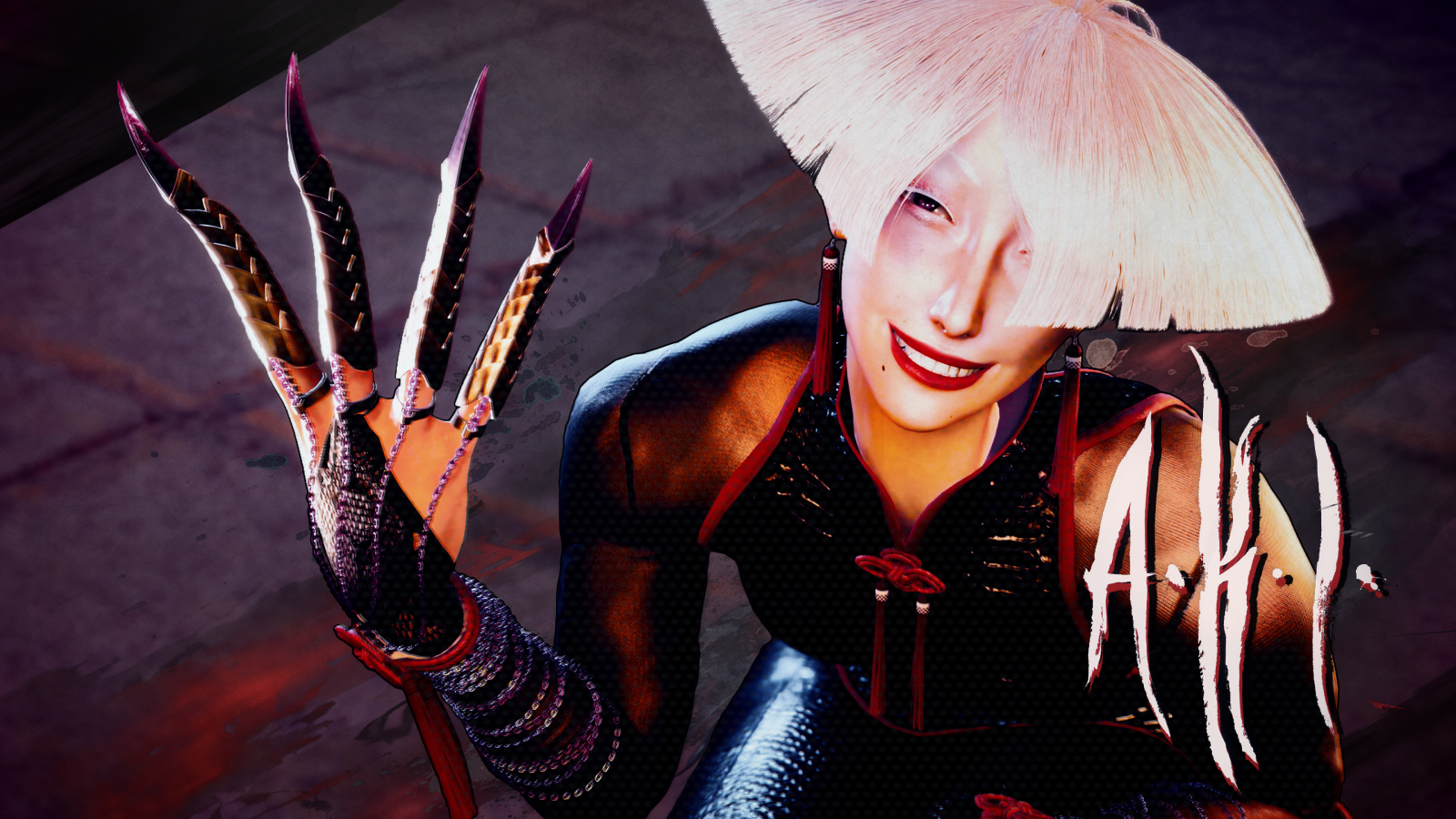Oh to be a fly on the wall when they pitched the Street Fighter 6 intro movie. See, there are rules for fighting game cinematics. You need a montage of assorted beefcakes, flexing and strutting for the camera, then coming to blows against the crescendo of a heavy rock track. These conventions are sacrosanct and cannot be broken. Everything from Tekken, to Guilty Gear, to King of Fighters, to Street Fighter 5 follows the same recipe. Only this time Street Fighter 6 decided, no, let’s not do that, and instead how about we do a 1970s proto-rap-style piece of rhythmic poetry Gil Scott-Heron? With a neon graffiti aesthetic? And in lieu of a social message, let’s get really existential about the meaning of strength! Reader, I do not know how this got past upper management. I cannot imagine how they sold it to shareholders. I don’t understand why one of the biggest franchises decided to fiddle with the formula. But it’s a breath of fresh air and poses that crucial question: What isstrength?
This might seem trivial, but in the context of fighting games, it almost makes sense. These games are notoriously difficult. Many use motion inputs, which for newcomers can take to pull off reliably. you have to link them into tightly-timed, multi-hit combos. And you have to whip out your combos , all while blocking everything your opponent is hitting you with, desperately looking for an opening, and anticipating whatever sinister mind-game nonsense they’ll throw out next. And for what? So you can go online and, maybe, if you’re lucky, not get utterly eviscerated by some rando in their bedroom halfway across the planet. Why bother? The SF6 cinematic reaches the only obvious conclusion. ‘We’re all a bunch of fools’.
Capcom have realised that, in the relatively sparse visual landscape of the fighting game, character models are the primary canvas for storytelling; and they’ve elected to tell as many vibrant and variegated stories as possible. Of course, there’s no shortage of classically-proportioned beauty – Cammy still has her lycra leotard and newcomer Jamie has abs for days. But it’s clear that Capcom wants to represent a broad range of body-types, personalities, and identities. Marisa, the Roman gladiator, has the physique of a titan. Silver-haired JP, the main antagonist, conceals sinister secrets beneath a dapper demeanour. Manon, the French judo ballerina, moves with the grace and poise of a swan. And these character quirks not only add narrative texture, they often help you.
1 of 4 Caption Attribution While there’s no shortage of classically proportioned beauty, with characters like Marisa, Eternity and JP, it’s clear that Capcom want to represent a diversity of body-types, lifestyles, ages and identities.
Case in point is series protagonist Ryu, the first character I picked up. He’s essentially just a generic dude in a karate gi, but Capcom have somehow fashioned him into a monomaniacal martial ascetic. Every straining inch of the man embodies fighting game spirit – a single-minded obsession with improvement, footwork, fundamentals, and the drive to fight stronger opponents. You can see it in the tooth-grinding set of his jaw at the victory screen, or the way he encourages opponents to whenever he scores a knockdown. You can even see it in his DLC outfit where, though superficially well-dressed in a natty jacket, his jeans have been so ripped and scuffed from sparring they’ve faded white.
